Setting up an asset protection trust is one of the most powerful tools in modern estate and wealth preservation planning. However, in 2025, many individuals are still making critical errors that could compromise the very protection they’re seeking. This article outlines the two most common mistakes people are making with asset protection trust planning—and how to avoid them.
Mistake #1: Choosing the Wrong Jurisdiction
Not all states are created equal when it comes to asset protection laws. Only a minority of U.S. states allow for what’s known as self-settled asset protection trusts—a legal structure where you can create an irrevocable trust for your own benefit and transfer your personal assets into it for protection from future creditors.
While around 20 states offer some form of self-settled trust statute, only a handful provide truly strong and flexible protections. Among them, Nevada and South Dakota are consistently regarded as the gold standard. Their laws offer robust asset shielding, modern flexibility, and strong privacy safeguards.
Other states often mentioned include Tennessee, Ohio, Delaware, Alaska, and Wyoming. However, many of these jurisdictions come with limitations. For example, Wyoming, while heavily marketed, has a four-year statute of limitations for creditors to challenge a transfer as a fraudulent conveyance. In contrast, South Dakota and Nevada limit that period to two years, offering better peace of mind. Ohio has an even shorter period—18 months—but lacks the overall strength and flexibility found in South Dakota or Nevada.
A common mistake is relying solely on a local attorney’s recommendation without comparing jurisdictions. A Nevada-based attorney will likely recommend Nevada. A South Dakota attorney will likely recommend South Dakota. That’s why it’s essential to do a side-by-side comparison and choose the jurisdiction that aligns with your long-term goals—not just one that’s geographically convenient or locally promoted.
Bottom line: Even if you’re getting a trust, choosing the wrong state can weaken your protection. And in asset protection, weakness can be costly.
Mistake #2: Hiring Non-Attorney Promoters
The second—and arguably more dangerous—mistake is trusting non-attorney promoters to create your asset protection trust. These individuals often appear online through highly-polished marketing, YouTube channels, and social media content. They may seem credible, but a deeper look often reveals they are not licensed attorneys and have no legal authority to draft or advise on trusts.
These promoters may:
-
Lack formal legal training
-
Have never drafted a trust
-
Misunderstand or misrepresent key legal principles
-
Rely on boilerplate templates rather than tailored solutions
In many cases, they will defer to a third-party attorney—not your attorney—who drafts the documents but does not represent you or your interests. This arrangement could be considered unauthorized practice of law, which is illegal and carries both civil and criminal penalties.
One example involved a client who hired a YouTube personality for foreign asset protection trust planning. When asked who the attorney was, the promoter provided the name of their internal company attorney, but clarified that this attorney wasn’t representing the client at all. That is a huge red flag.
Asset protection isn’t a product. It’s a legal strategy. If someone is selling it like a product, they likely don’t understand the legal complexities—or worse, they’re deliberately avoiding them.
Always work with a licensed attorney who is acting on your behalf. A qualified professional will assess whether a trust is even necessary. In some cases, a simple LLC or other legal structure may offer sufficient protection for your situation—saving you time and money.
Summary: Avoid These Two Costly Mistakes
To recap, the two biggest asset protection trust mistakes in 2025 are:
-
Using the wrong jurisdiction
Not all states offer strong asset protection. South Dakota and Nevada remain the top choices for their strong statutes, short look-back periods, and flexibility. -
Hiring non-attorney promoters
Avoid flashy sales tactics and marketing gimmicks. Work only with a qualified attorney who represents your best interests and has experience in trust law.
Final Thoughts
Setting up an asset protection trust can be a transformative decision for your financial security, but it must be done carefully and correctly. Choosing the right jurisdiction and working with a skilled attorney are foundational steps. By avoiding these two common mistakes, you’ll be well on your way to building a more secure and legally sound future.
